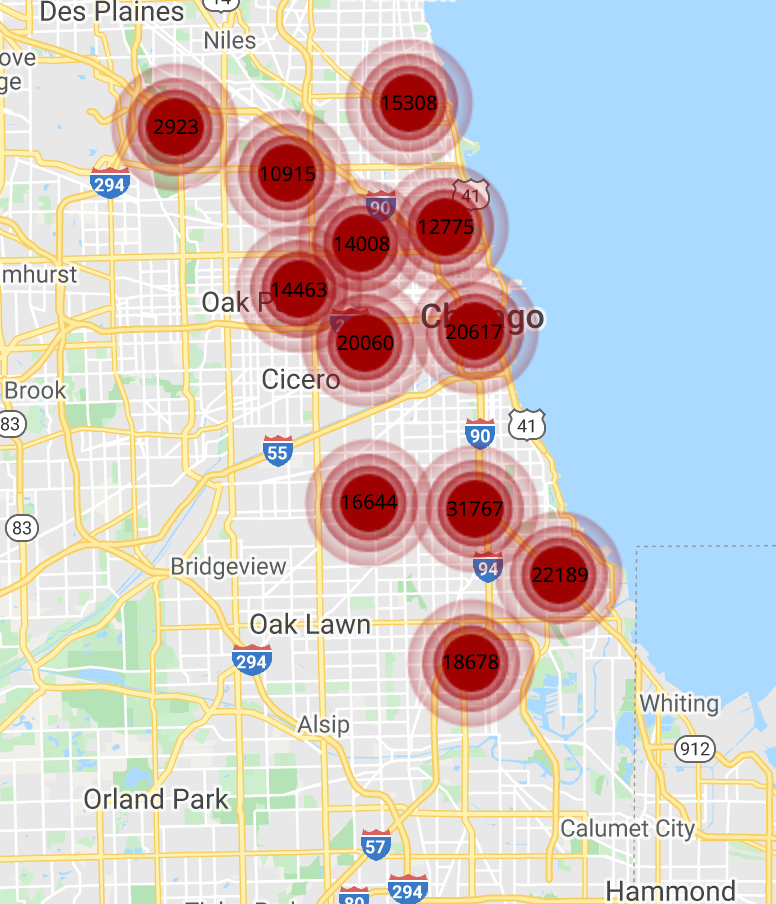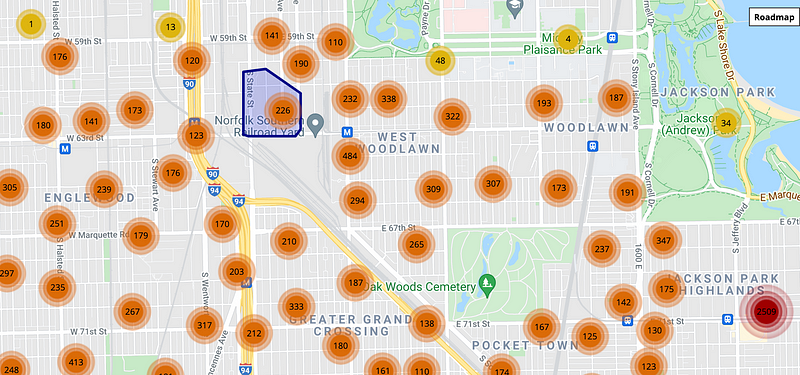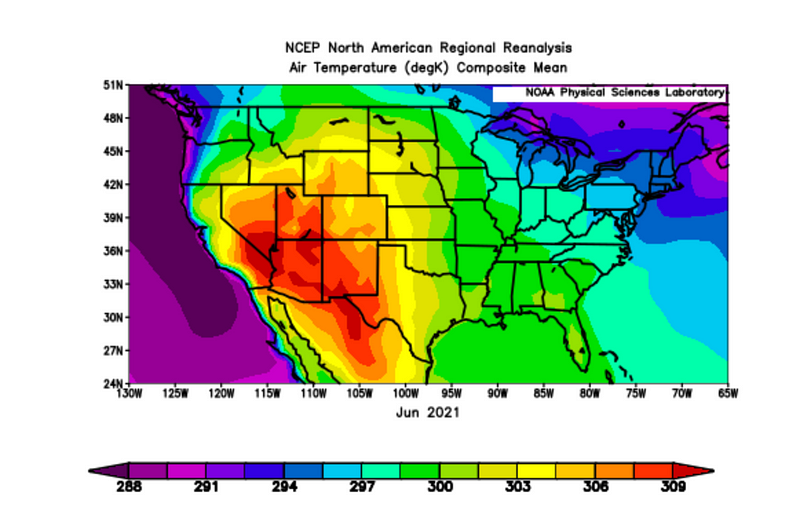Understanding Raster and Vector Datasets: Key Insights for Analysis
Written on
Chapter 1: Introduction to Raster and Vector Datasets
Raster and vector datasets are two essential formats commonly used for spatial information. Raster datasets consist of pixels, with each pixel representing a value assigned across a specific geographical area. These pixels can be associated with latitude and longitude coordinates, providing a spatial context. In contrast, vector datasets represent data in the form of points, lines, and polygons. Think of vector data as representations of observation towers, state borders, water bodies, and other significant locations. As you might expect, vector datasets are inherently spatial. Let's explore the applications of each dataset type and understand when to utilize them.
Section 1.1: When to Use Vector Datasets
Vector datasets are particularly useful in the following scenarios:
- Assessing property boundaries.
- Evaluating landmarks.
- Analyzing specific natural features (e.g., certain tree populations, rock clusters, wildlife habitats).
- Investigating events at particular times and locations (e.g., crime incidents).

Vector datasets offer high precision and detail when examining phenomena within a defined area. For example, if your focus is on crime analysis in a neighborhood, vector data is highly beneficial. This format captures intricate details about significant points of interest, making it easier to conduct various analytical methods, such as point pattern analysis, decision trees, and clustering to identify unique patterns in your data. You can access vector datasets through R, Python, ArcMap, and QGIS, and they are generally user-friendly, available in Excel, CSV, or shapefile formats.

Section 1.2: When to Use Raster Datasets
Raster datasets are ideal in situations such as:
- Analyzing extensive spatial areas.
- When generalized data suffices for your analysis.
- Studying events over extended periods.

Raster datasets excel when examining large geographical regions, particularly when influenced by broad-scale factors or when complete coverage of an area is necessary. For instance, you might study precipitation trends in a specific country over several years, or observe variations in sea surface temperatures (SST) in the Gulf of Mexico—both scenarios where raster data would be advantageous. While raster datasets can be accessed via R, Python, ArcMap, QGIS, and Panoply, they may require more effort to manage and often need preprocessing for accuracy.
Chapter 2: Conclusion
Both raster and vector datasets present distinct benefits for analysis. When focusing on specific events or occurrences within a smaller geographic area, vector datasets are the way to go. Conversely, for investigating large-scale trends over extended timeframes, raster datasets are more appropriate. These guidelines are not absolute; raster datasets can also serve as causal variables for localized phenomena, although this may necessitate downscaling the data to fit your study area. Ultimately, it's beneficial to experiment with both dataset types to understand their applicability in your research endeavors.
Understanding Vector vs Raster Data for GIS - YouTube
This video explains the fundamental differences between vector and raster data in GIS, showcasing their respective advantages and applications.
QGIS: Loading and Exploring Vector and Raster Data - YouTube
In this video, learn how to load and explore both vector and raster datasets in QGIS, providing practical insights for effective spatial analysis.